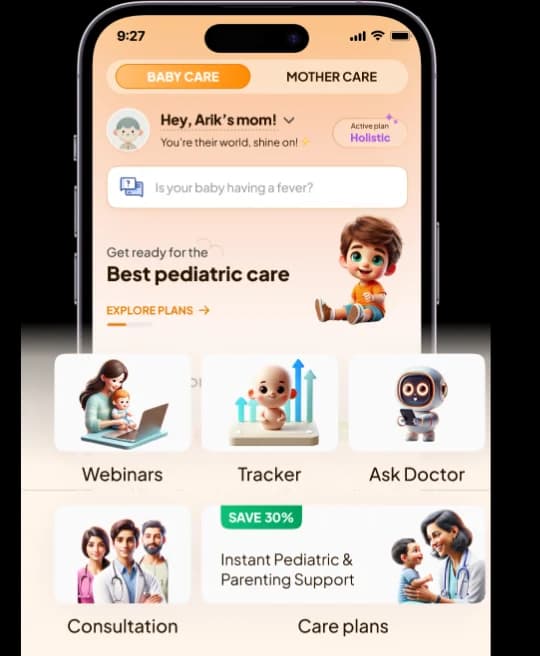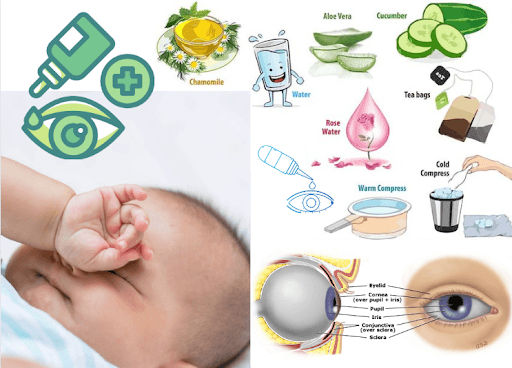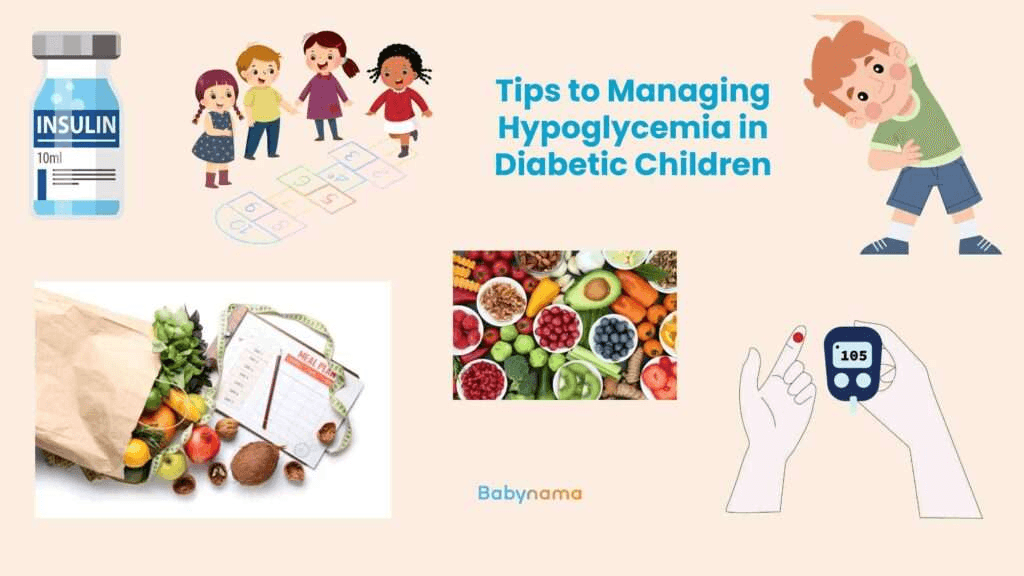
As a parent, it’s natural to worry about your child’s health. Pinworms, a common parasitic infection in children, can cause discomfort and disrupt sleep. In this article, we will discuss what pinworms are, how they spread, symptoms to look out for, and treatment options.
What is Pinworm?
A parasitic worm that can survive in the large intestine of humans is the source of pinworm infection. In addition, toxic worms can be spread accidentally through contaminated objects or a child’s fingers.
Morphology and Life cycle of Pinworms:
Pinworms are about 0.5-1 cm long and have a pointed head and a curved tail. They have a simple digestive system and reproduce by laying eggs in the anus of the host. The life cycle of Pinworms consists of four stages: eggs, larvae, immature worms, and adult worms.
Common species of Pinworms:
The most common species of Pinworms that infect humans are Enterobius vermicularis and E. gregorii.
How Do Pinworms Spread?
- Pinworms spread from person to person through the transfer of pinworm eggs.
- The eggs can be found on contaminated surfaces such as bedding, clothing, and toys.
Risk Factors for Pinworm Infections
- Children are at higher risk for pinworm infections.
- Poor hygiene and crowded living conditions increase the risk of infection.
Symptoms of Pinworms
- Itching around the anus or vagina.
- Restless sleep due to anal or vaginal itching.
- Irritability and discomfort.
Diagnosis of Pinworms
- Physical examination: healthcare provider checks for signs of infection, such as itching around the anus.






